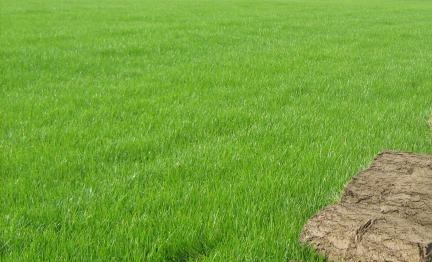What season is grass cutting in Lincoln?
Grass cutting in Lincoln, as in most parts of the UK, typically occurs during the spring, summer, and early autumn months. The primary grass cutting season typically spans from late March or early April to September or even into October, depending on the local climate and weather conditions.
During this period, the weather is generally warmer, and grass growth is at its peak. Homeowners, businesses, and local authorities often schedule regular grass cutting and lawn maintenance during these months to keep lawns and green spaces well-manicured.
It’s important to consider local weather patterns and the specific needs of your lawn, as the timing of grass cutting may vary slightly from year to year based on temperature and rainfall. Additionally, some people may choose to mow their lawns less frequently during dry spells to conserve water and promote lawn health.

To get the most accurate information about the grass cutting season in your specific area of Lincoln, you can consult with local landscaping or gardening professionals or inquire with the local authorities responsible for maintaining public green spaces.
What can you do for lawn care in Lincoln?
Lawn care in Lincoln, as in many other places, involves several tasks and practices to maintain a healthy and attractive lawn. Here are some common lawn care activities you can do in Lincoln or any other location:
- Mowing: Regular mowing is essential to keep your lawn looking neat and healthy. Mow the grass at the recommended height for your specific grass type and adjust the mower blade as needed throughout the growing season.
- Watering: Lawns in Lincoln typically require watering during dry spells, especially in the summer months. Water deeply and less frequently to encourage deep root growth.
- Fertilizing: Proper fertilization helps provide the essential nutrients your lawn needs to thrive. Consider a fertilization schedule based on the type of grass in your lawn and local recommendations.
- Weed Control: Regularly inspect your lawn for weeds and implement control measures, such as hand pulling, herbicides, or pre-emergent weed control, to keep weeds at bay.
- Aeration: Lawn aeration involves perforating the soil with holes to allow air, water, and nutrients to penetrate the root zone more effectively. Aeration is typically done in the spring or fall.
- Dethatching: If your lawn has a thatch problem (a thick layer of dead grass and debris), dethatching can help improve the health of the grass by allowing water and nutrients to reach the soil.
- Overseeding: Over time, lawns can thin out due to wear and tear. Overseeding involves spreading grass seed over your existing lawn to promote thicker and healthier grass growth.
- Pest Control: Keep an eye out for lawn pests like grubs and treat them as needed. Integrated pest management practices can help you control pests without harming beneficial insects.
- Leaf Removal: In the fall, it’s important to remove leaves and debris from your lawn regularly to prevent suffocation and promote a healthy lawn.
- Proper Equipment Maintenance: Ensure that your lawnmower and other lawn care equipment are well-maintained and in good working condition.
It’s essential to tailor your lawn care practices to the specific type of grass you have and the local climate and soil conditions in Lincoln. You can also consult with local landscaping or gardening professionals for personalized lawn care advice and services.
Which month is planted in Lincoln?
In Lincoln, which is located in the United Kingdom, the best time to plant various types of plants, including flowers, vegetables, and some shrubs, can vary depending on the specific plant species and local climate conditions. However, here are some general guidelines for planting different types of plants in Lincoln:
- Spring: Spring is a popular time for planting many types of flowers, especially annuals and some perennials. You can typically start planting in Lincoln from March onwards as the weather begins to warm up. This is also a suitable time for planting cool-season vegetables like lettuce, spinach, and peas.
- Summer: Early summer, around May and June, is a good time for planting warm-season vegetables like tomatoes, peppers, and beans. It’s also a suitable time for planting perennials and shrubs.
- Autumn: Early to mid-autumn, from September to October, is an excellent time for planting many types of plants in Lincoln. The soil is still warm, which promotes root growth, and the weather is cooler, reducing stress on newly planted specimens. This is a great time for planting bulbs for spring flowers and for establishing new trees and shrubs.
- Winter: While winter is generally not a prime time for planting in Lincoln due to cold temperatures and frozen ground, you can still plant certain hardy trees and shrubs during mild spells, especially if the ground isn’t frozen.
It’s essential to consider the specific planting requirements for each plant species, as some may have unique needs regarding soil, sunlight, and temperature. Additionally, local climate conditions can vary from year to year, so it’s a good practice to consult with local nurseries or gardening experts in Lincoln for more precise planting recommendations based on the current weather patterns and soil conditions.





